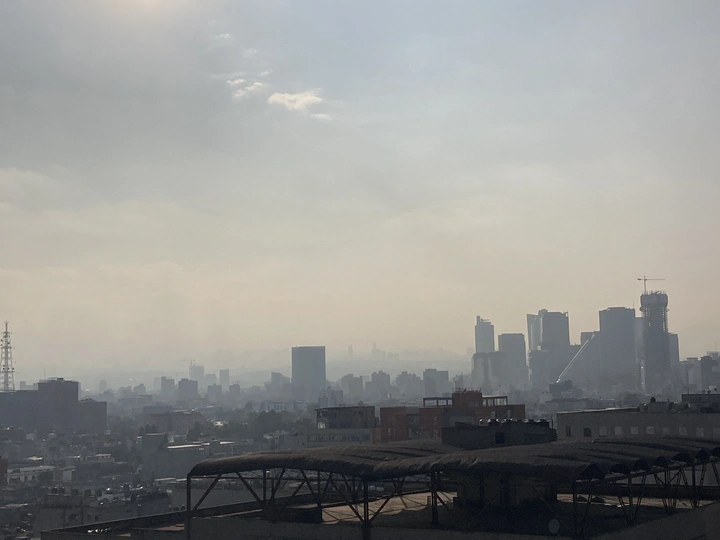Tlaloc is dead: a megalopolis without water.

Behind Analog Typologies is Inés Vachez. I grew up in the west of Mexico, where I also did my architecture studies, where I focused my final project around the integration of migrants into the city’s urban dynamics, an ongoing crises in my region.
I later on moved to Berlin, where I did my master studies on Typology at the TU, during that time Analog Typologies was born, first as a platform to share essays (visual and written) on various challenges of contemporary cities (gentrification, touristification, loss of biodiversity, intersectionality and occupation of space, among others). All the while I was working for an arrival center for war refugees, I began my masters thesis on the impact migration to the United States has on the Mexican countryside. This field- and theoretical research became later on my first published book, named “Remittance Architecture, the transformation of a Mexican town”. I am currently studying a second masters on Social Anthropology, while developing new projects and publications for Analog Typologies.
The project is based in Berlin, Mexico City, (sometimes Buenos Aires) and France.
Tlaloc was the Aztec god of rain.
As a partial inhabitant of Mexico City, I too have experienced the effect that hydric stress has, not only on an urban level, but on a social, physical and psychological level. Who is worthy to have access to this, now precious, good? Rich neighbourhoods? Transnational factories? Governmental building? Construction sites of billionaire real estate companies?
Now more than ever, the access to what is a human right has exacerbated the already deep social and economical inequalities of a convulse 30 million inhabitant’s city.
Decades of rapacious urban expansion, no clear environmental policies, pollution of air and ground, an overpopulated urban area, and an unequal and profit oriented extraction of water supply, have dried out the city and it surroundings. We call it the “hour 0”, the moment when we simply wont have water anymore, and we all know that day is coming soon.
The project seeks to map this silently growing fight for access to water supplies, from entire neighbourhoods who have weekly or even monthly access to a minimum water supply, to the former bodies of water which dried out. The major factories and construction site, whose access to water has not ceased for a day, and the neighbourhoods whose parks and lawns and still fresh and green. The rivera that run underground, some in pipes, some only in our collective memories. The old lake of Tenochtitlán, the Chinampas in the south.
The project is still on a first stage, where the mapping strategies are being defined and the first glimpses of material appearing.